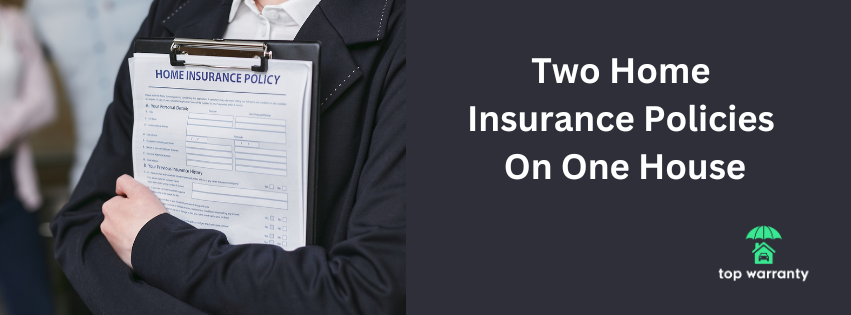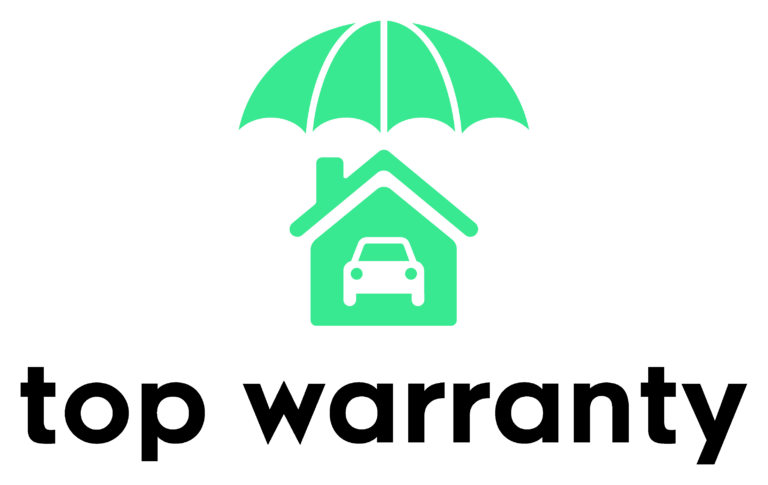
Can I Have Two Home Insurance Policies On One House? Exploring the Possibilities
March 19, 2024
Home insurance is a crucial aspect of protecting your most valuable asset – your home. But what if you’re considering having multiple insurance policies for the same property? Is it possible to have two home insurance policies on one house? In this blog, we’ll delve into this question, exploring the scenarios where having multiple insurance policies might be beneficial, the potential drawbacks, and considerations to keep in mind.
Understanding Home Insurance Policies:
Home insurance provides financial protection against damage to your home and personal property, as well as liability coverage for injuries or property damage to others. A typical home insurance policy includes coverage for dwelling, personal property, liability, and additional living expenses.
Can You Have Two Home Insurance Policies on One House?
While individuals can technically have two home insurance policies on one house, experts generally do not recommend or find it necessary. Insurance companies design home insurance policies to offer comprehensive coverage for a single property, and holding multiple policies can create complications and potential conflicts during the claims process.
Scenarios Where Multiple Policies Might Arise:
1. Vacant Property Coverage:
If your home is vacant for an extended period, you may consider purchasing a vacant property insurance policy to provide coverage during this time. However, insurers typically intend this policy as a temporary solution until the property is occupied again.
2. Secondary or Vacation Homes:
If you own a secondary or vacation home, you’ll need a separate home insurance policy for each property. These policies may have different coverage limits and requirements based on the occupancy status and location of the property.
3. Lender Requirements:
In some cases, lenders may require borrowers to maintain specific insurance coverage on their property. Such as flood insurance or additional coverage for high-value properties. While having multiple policies may fulfill these requirements. It’s essential to coordinate with your lender and insurance provider to ensure compliance.
Also, Read : Understanding Home Insurance Inspections: Can You Refuse?
Considerations and Potential Drawbacks:
1. Coverage Overlaps:
Having multiple home insurance policies on the same property can lead to coverage overlaps, where both policies provide similar coverage for the same risks. This redundancy can result in unnecessary expenses and complications during the claims process.
2. Coordination of Coverage:
Coordinating coverage between multiple insurance policies can be challenging, especially if the policies have different terms, conditions, and coverage limits. Ensuring consistency and avoiding gaps in coverage requires careful attention to detail and coordination with your insurance providers.
3. Claims Process Complications:
In the event of a claim, having multiple insurance policies can lead to confusion and delays in the claims process. Determining which policy applies and coordinating coverage between multiple insurers can prolong the resolution of the claim and add stress for the policyholder.
Conclusion:
While technically possible to have two home insurance policies on one house, it’s generally not recommended or necessary. Home insurance policies are designed to provide comprehensive coverage for a single property, and having multiple policies can lead to complications and potential conflicts in the event of a claim. Instead of opting for multiple policies, it’s advisable to work with a reputable insurance provider to tailor a single policy that meets your specific needs and provides adequate coverage for your home and personal property. By understanding your insurance options and working closely with your insurer, you can ensure that you have the right coverage in place to protect your home and assets effectively.
